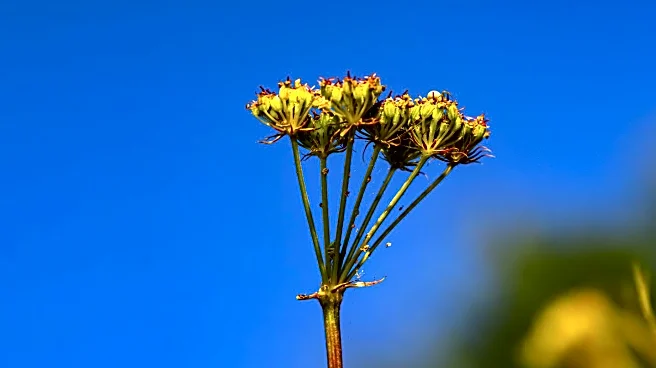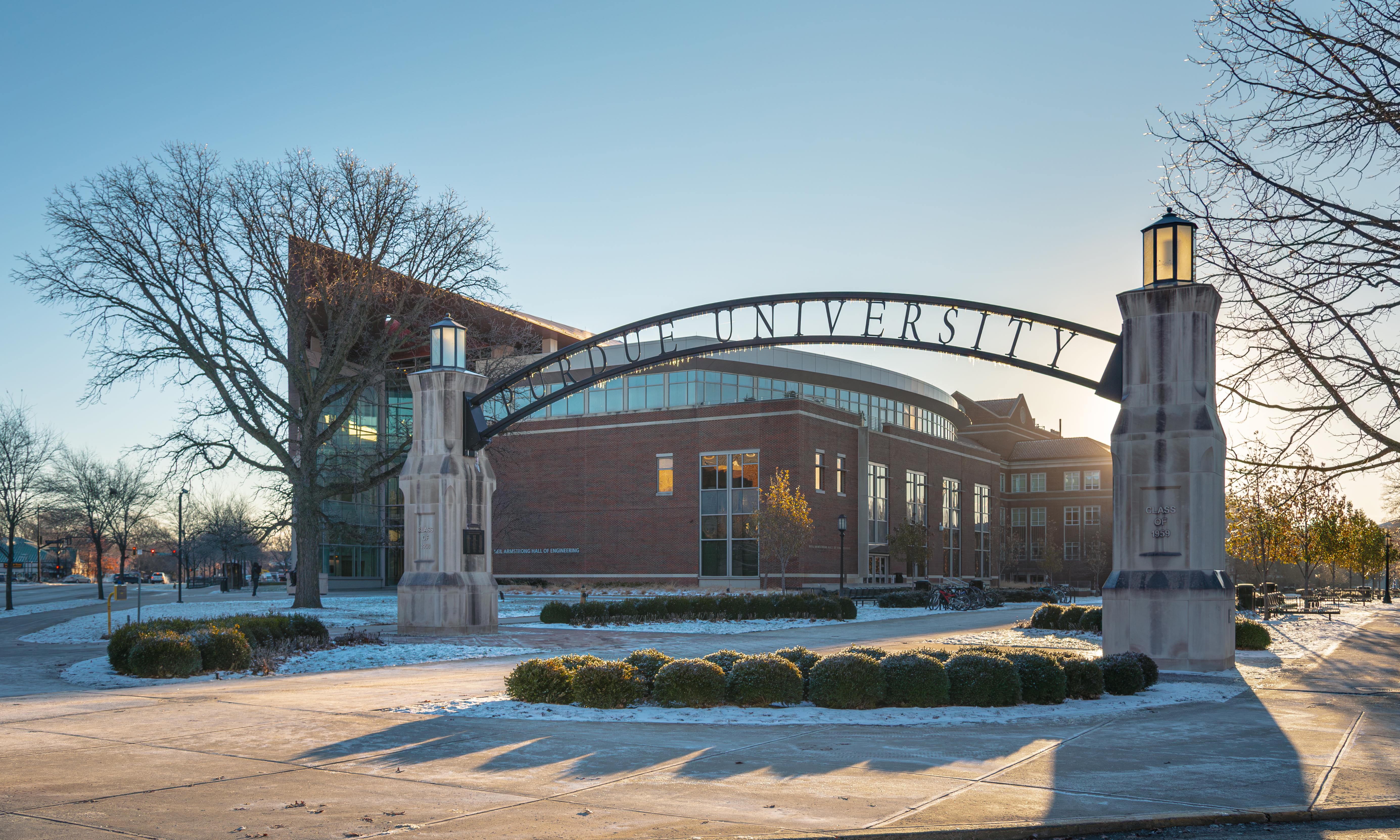What's Happening?
Gardeners are being urged to consider the habitats of beneficial insects, such as caterpillars, in addition to planting the right flora for pollinators. Doug Tallamy, an entomologist and author, emphasizes
the importance of creating 'soft landings' under trees to support caterpillar survival. This involves allowing leaves to accumulate naturally and planting native groundcovers, which provide a safe environment for caterpillars to pupate. These practices not only support caterpillars but also benefit birds, reptiles, and spiders that rely on them as a food source. Additionally, caterpillars eventually transform into moths and butterflies, which are crucial pollinators.
Why It's Important?
The initiative to create 'soft landings' for caterpillars is significant for maintaining healthy ecosystems. Caterpillars play a vital role in the food web, serving as a primary food source for various animals and contributing to pest control by consuming garden pests. By supporting caterpillar populations, gardeners can enhance biodiversity and promote the health of their local environment. This approach also aligns with broader ecological goals of preserving native species and reducing the need for chemical pest control methods.
What's Next?
Gardeners are encouraged to use resources like the National Wildlife Federation's native plant finder to select appropriate plants for their region. By adopting these practices, individuals can contribute to larger conservation efforts and help mitigate the decline of pollinator populations. As awareness grows, it is expected that more gardeners will implement these strategies, leading to healthier and more resilient ecosystems.













